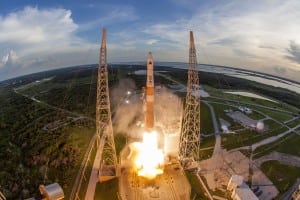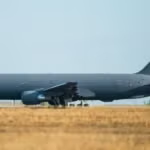
The Air Force and launch provider United Launch Alliance (ULA) Monday successfully lifted a pair of Geosynchronous Space Situational Awareness Program (GSSAP) satellites after days of delays due to weather and a technical issue. The launch took place at 7:28 p.m. EDT from Cape Canaveral Air Force Station, Fla., on a Delta IV launch vehicle, according to a ULA statement. In addition to the GSSAP satellites, a secondary payload known as Automated Navigation and Guidance Experiment for Local Space (ANGELS)…













